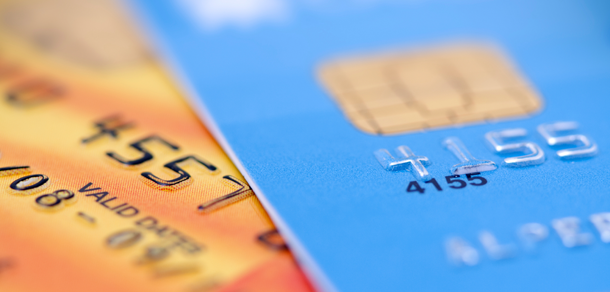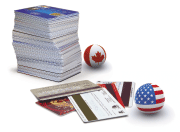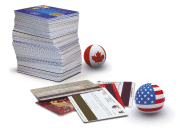Smart Visa wasn’t about security
27 January, 2014
category: Financial
Just more than 10-years ago Visa USA made a hard push for smart cards in the U.S. A handful of banks were issuing the cards and big-box retailer Target was on board to roll out the card, new point-of-sale systems and a loyalty program that would take advantage of the chip technology.
Around the same time EMV was being rolled out in the UK and other European countries were considering the technology. The rollout of EMV was focused on securing payments while the U.S. rollout was focused on marketing.
This is why I was amused to read in the Wall Street Journal that Target has tried to use these “anti-theft cards” before and failed. Target’s rollout had little to nothing to do with security and at the time was touted as a way to offer customers new and innovative loyalty programs.
I was writing for a publication covering payment card marketing at the time and it was one of the most innovative ideas to hit the U.S market. A clip from an October 2001 story quotes executive from Visa and MasterCard saying that other retailers will copy Target’s program.
The possibilities for smart card loyalty programs were endless and exciting. Programs could include punch cards, electronic coupons, frequency discounts and others, all redeemable at the point-of-sale in real time. In 2002 Target rolled out its card and loyalty program: electronic couponing. There were a handful of ways an electronic couponing program could have worked:
- Coupons could be automatically downloaded on to the customer’s smart card at the point of sale. For example if a customer bought salad dressing a coupon for a competing brand could be placed for automatic redemption upon the next visit.
- Customer could also go online and search and download coupons. This would be relatively easy as each cardholder was given a smart card reader to plug into their computer.
- Lastly, customers could go to a kiosk at the store and download the coupons to their card when they enter.
Of all these options the latter is arguably the most difficult as it requires consumers to change behavior, yet this was the linchpin to the Target program. In 2002 nobody was using a kiosk to download offers before starting to shop. They still aren’t in 2014.
Hence the demise of the Target card program, and similarly, the other U.S. Smart Visa issuers going out without much of a sound.
Key to this program was marketing, customer loyalty and giving merchant acquirers and issuers a leg up against the competition. Security was barely on the radar.
Since then, pretty much every industrialized country in the world – except for the U.S. — has gone with EMV. In 2011 Visa announced its roadmap to make the move with MasterCard and American Express following suit. U.S. banks are starting to issue cards with contact chips and by October 2015 EMV comes to the U.S. making breaches like the one at Target more difficult if not impossible.
Then it will be a matter of seeing what retailers and banks do to help consumer secure online transaction in the card-not-present world because that’s where fraudsters are going to move.
Click here (PDF) to read an October, 2001 story from Faulkner & Gray’s Card Marketing magazine on the Target smart card loyalty program.




